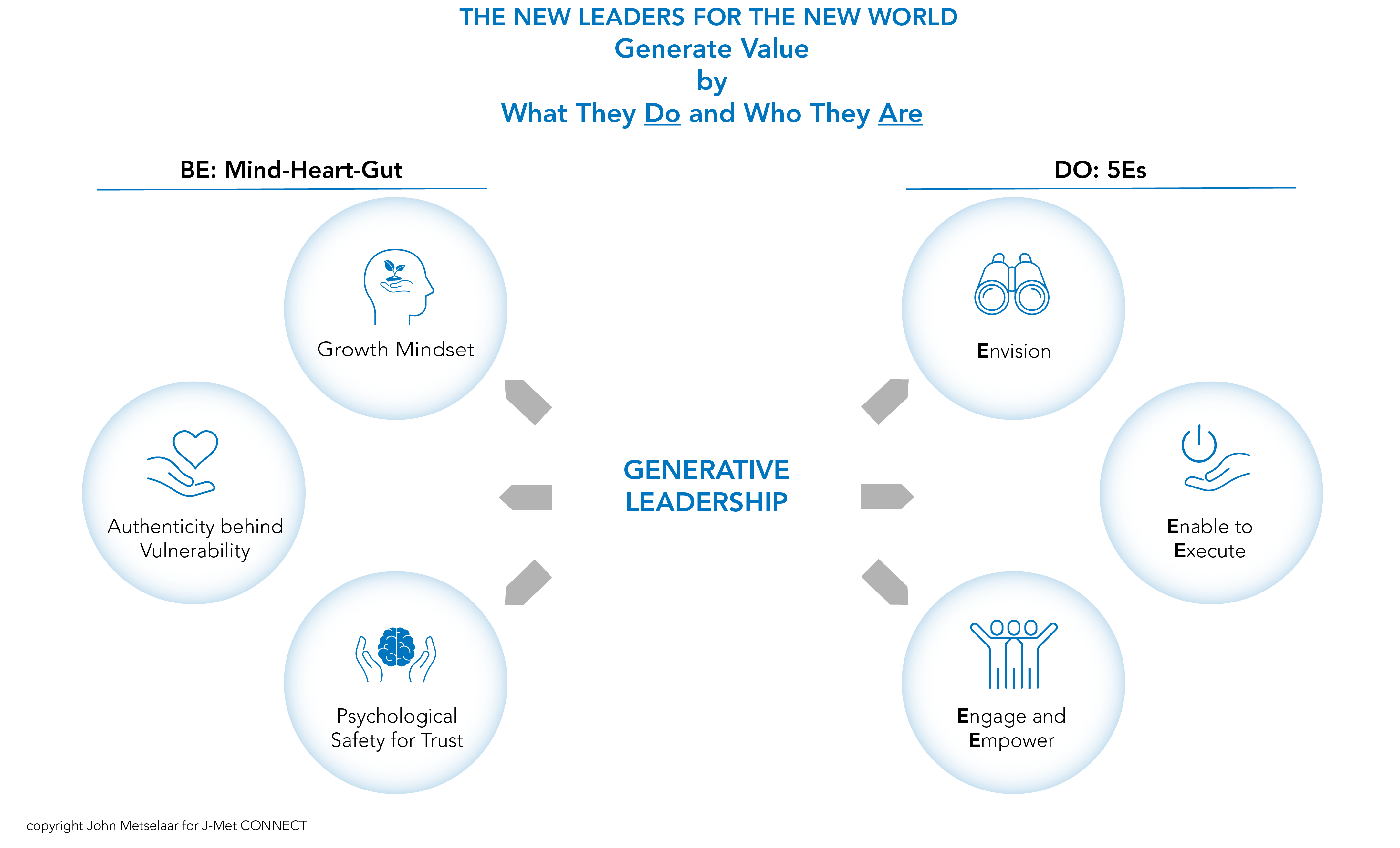P&G embodies and lives the 5Es throughout the company across layers, functions, and geographies. Envision, Enable, Execute, Engage, and Empower are the pillars of its enduring success. I’ll discuss these roles along three levels.
Figure I: The 5Es

Let’s start with envision. P&G is highly disciplined about strategy. When I had the privilege of working for the company, I participated in many annual OGSM reviews (for Objective, Goal, Strategy, Measures). Important though this was, I came to appreciate that the real power of the company resides at a higher level, namely the purpose, values and principles underpinning the strategy, or PVP for short.
P&G always conducts its business based on integrity and principle-based management. The core of the company’s PVP is personal integrity, respect for each individual, and doing what’s right long term. This is not an empty statement. A running mantra of all managers is “do the harder right over the easier wrong”.
Moving on to enable to execute. Throughout this series, we have stressed that innovation is only successful if it produces value. As one of P&G’s CEOs reminded me repeatedly “execution is the only strategy the consumer ever sees”. Hence, Innovation requires a deft balance of creativity and discipline to ensure excellence in execution, technically and commercially.
This, in turn, requires managers to be actively present, not to control, inspect and micromanage but to listen and support, providing resources and breaking down barriers. This is vital to enable the multi-functional project teams to progress toward execution with persistence, resilience, and continuity.
At P&G, meetings are highly disciplined affairs, action-oriented and decision-focused with prior reading provided 48 hours ahead (or your project would not be included on the agenda). As I often said to my people: “Management is a well-paid resource to enable your successful execution. Use it as such!”
Last, but certainly not least, there are the final two Es: engage and empower. This role of leadership is often considered the hardest part. As we outlined in the first article of this series, [link to article] innovation is about human effort. Humans are notoriously fickle. It requires soft skills to navigate this trait which they don’t teach at university. It is also hard to measure. In my years post-P&G I’ve noticed that many leaders avoid, forget, or ignore this role, or delegate it to HR.
It is a broad issue. Annual Gallup polls suggest that only anything between 15 and 35 per cent of employees are fully engaged, with a fifth actively disengaged. Your strategies may be sound and clear, but when people don’t feel included and supported, little will come from them.
Lifting people “into the game” and engaging them into the success of your company needs to be a priority. At P&G this absolutely is the case. Emphasis lies on creating psychological safety across the organization for trust to be established. It allows to make people own their projects and empower them to reach their objectives – with purposeful agility guided by the PVP.
In fact, it was great to hear current CEO of the company David Taylor stressing that while 30 per cent of a leader’s time should focus on the technical and logistics needs of the business, 70 per cent should be spent on inspiring, supporting, and empowering employees, and developing them into the leaders the company will need into the next 184 years.
This article has been produced in collaboration with Michel Syrett, Senior Fellow of The Conference Board, Europe











